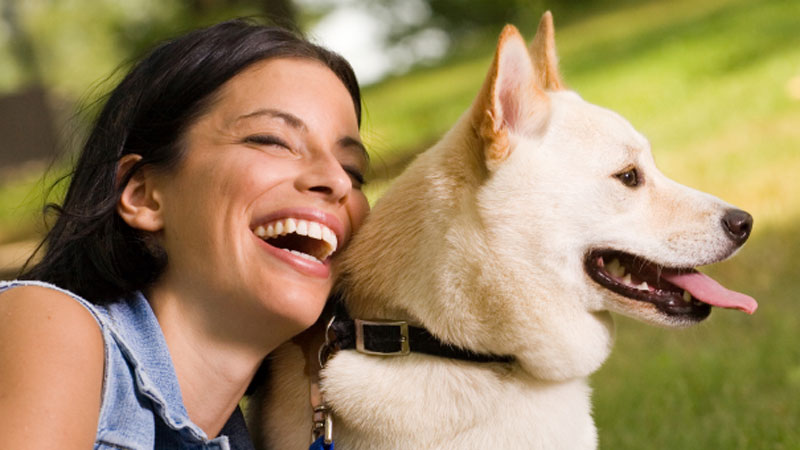Dental Disease
Dental disease is a very common problem of the teeth and gums. It is mainly seen in middle to old age dogs due to wear and tear. Some breeds are predisposed due to the shape of their mouths. Yorkshire Terriers, Greyhounds, Whippets, CKCS and brachiocephalic breeds. Poor dental hygiene is the most common cause; few owners brush their dogs teeth daily. Baby teeth usually fall out between 4-6 months old but retained baby teeth beyond this results in overcrowding as the adult teeth erupt.
Most dogs continue to eat despite being uncomfortable so many dental issues are picked up at routine vaccinations. The most common symptom is halitosis or bad breath. You may notice your dog chewing on one side of the mouth or having problems chewing. Other signs are bloody or excessive saliva, preference for soft food or pawing at the mouth. On inspection of the mouth, you may find wobbly teeth, excessive plaque and tartar, facial swelling, and bleeding sore gums.
Plaque is a combination of saliva, food and bacteria which adheres to the teeth and eventually turns into a hard brown substance called tartar. Tartar damages the teeth, causes sore infected gums and is full of bacteria which can enter the bloodstream.
Gingivitis is inflammation of the gum and tartar build up on teeth, gums are red, painful, often bleed and recede from the teeth. This is a major cause of tooth loss.
A tooth root abscess occurs when there is an infection around the root or base of a tooth. The dog will often have dreadful breath and a swelling on the side of the face over the abscess. It develops when bacteria travel down a tooth and get underneath the gum forming a pocket of pus at the tooth root. They are very painful. They can be treated with antibiotics and pain medication but inevitably need dental surgery to remove the offending tooth. Molars are most commonly affected and typically a facial selling beneath the eye occurs.
Teeth are very strong and don't break easily but if they are weakened by dental disease or worn down from excessive chewing they can sometimes crack. Damaged teeth need to be examined as they can be painful or vulnerable to infection. Slab fractures are particularly worrying, this is when a large chunk of tooth breaks off to expose the inside of the tooth.
Most dogs will require dental surgery at some point in their life. This can range from a simple scale and polish to remove tartar to multiple extractions. This has to be performed under a full general anaesthetic to protect the dog’s airway, it is not safe to do this procedure under sedation.
Prevention is definitely better than cure when it comes to dentals. There are many ways to improve dental hygiene. Daily brushing is brilliant; try to start this in puppies and use a finger or baby toothbrush and special doggy toothpaste. ‘Plaque Off’ is a seaweed extract which can be added to food to soften plaque to make brushing and dental chews more efficient. Feeding some form of dental chew or raw bone daily can also help to encourage chewing which reduces plaque build-up.
Advise on maintaining dental health is available from your vet and regular dental checks for your dog are very important to pick up early dental disease. Bacteria entering the blood stream from an unhealthy mouth can affect other parts of the body so a healthy mouth is essential for overall body health.


